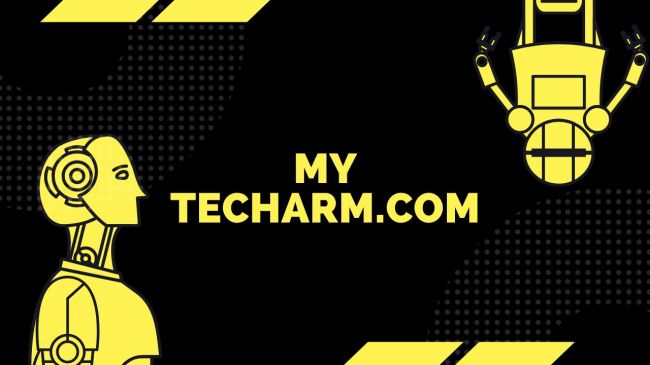For many businesses, legacy systems remain the backbone of daily operations. These applications are deeply ingrained, often mission-critical, and too valuable to abandon overnight. However, they weren’t designed for today’s digital-first world—where agility, scalability, and connectivity are essential. Fully replacing them may be costly and disruptive, but there’s another path: integrating legacy systems with modern technologies to extend their lifespan and unlock new functionality.
Understanding the Problem with Legacy Systems
Legacy systems are typically defined by their age, rigid architecture, and lack of compatibility with current tools. They are expensive to maintain, rely on outdated programming languages, and pose increasing security and compliance risks. Most importantly, they limit innovation, making it difficult for businesses to adapt quickly in a competitive market.
This is where smart integration comes in. Instead of a complete overhaul, companies can connect legacy systems with newer technologies—preserving core business logic while gaining access to modern capabilities.
The Role of Integration in Modernization
Integration enables businesses to bridge the gap between outdated applications and cutting-edge solutions. By creating connections between old and new systems, companies can improve efficiency, reduce costs, and innovate without disrupting critical operations.
This is often achieved through legacy application modernization solutions, which provide structured strategies for re-architecting, extending, or connecting existing applications to modern platforms. These solutions make it possible to embrace new digital opportunities while protecting investments already made in legacy systems.

Key Integration Approaches
APIs (Application Programming Interfaces)
APIs act as digital bridges, allowing legacy applications to exchange data with cloud platforms, mobile apps, and third-party tools. They create controlled, secure pathways for interoperability, enabling businesses to expand functionality without rewriting entire systems.
Microservices Architecture
Breaking a monolithic legacy application into smaller, independent services allows companies to modernize gradually. Each microservice can evolve or scale independently, making it easier to adopt new features and integrate with cloud-native environments.
Middleware and Integration Platforms
Middleware acts as a translator, enabling legacy systems to communicate with modern applications. Integration platforms as a service (iPaaS) standardize these interactions, simplifying complex workflows across hybrid environments.
Cloud and Hybrid Models
Migrating parts of a legacy system to the cloud—whether through rehosting, re-platforming, or creating hybrid models—provides scalability, resilience, and easier integration with modern services.
Benefits of Modern Integration
Integrating legacy systems with new technologies offers multiple benefits:
- Agility and speed: Faster time-to-market through easier feature rollouts.
- Cost efficiency: Incremental modernization avoids the risks and expenses of full system replacement.
- Enhanced customer experience: Modern features and digital channels become accessible without losing core functionality.
- Security and compliance: Updated layers reduce vulnerabilities and support industry regulations.
Best Practices for Integration
- Start with an assessment: Map dependencies, workflows, and risks before integration.
- Prioritize phased approaches: Avoid the “big bang” method—incremental steps minimize disruption.
- Focus on governance and security: Ensure data integrity and compliance at every stage.
- Upskill your teams: Provide training for hybrid environments where legacy and modern systems coexist.
Expert Guidance and Resources
Integrating legacy systems with modern technologies can be complex. Many organizations find greater success when partnering with experts who provide tailored strategies and execution support.
For more insights and guidance on building a modernization strategy, visit https://sombrainc.com/.
Conclusion
Modernization doesn’t always mean replacing everything at once. By embracing integration, businesses can extend the life of their legacy systems while adding new capabilities, improving agility, and staying competitive. With the right mix of APIs, microservices, middleware, and cloud strategies—and guided by legacy application modernization solutions—organizations can unlock innovation while safeguarding the systems that have carried them this far.
Post Comment
Be the first to post comment!




